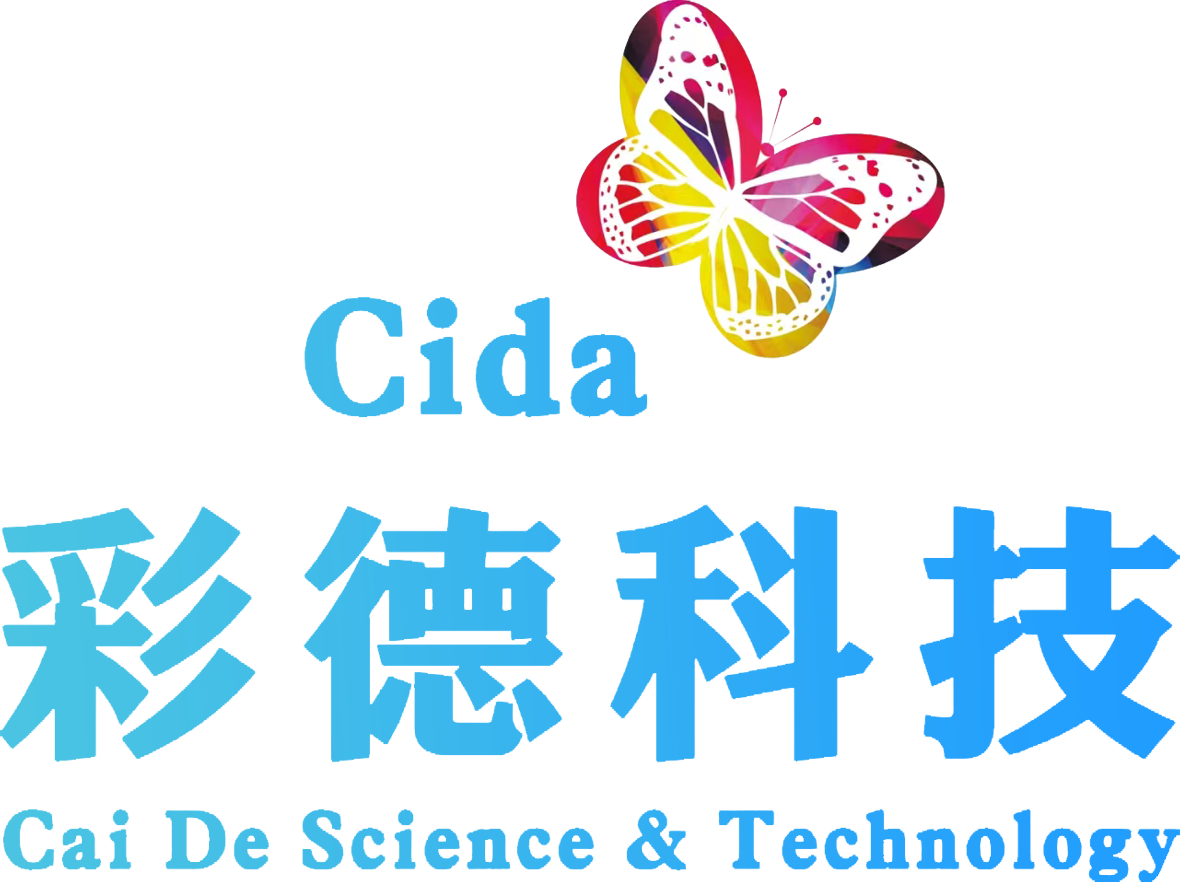The fluorescence detected by a fluorescence detection pen is not necessarily a fluorescent whitening agent!
Release time:
2024-09-29
Families with infants and toddlers are extra cautious when choosing household products, fearing even the slightest harm to their little ones. Some parents even go so far as to keep a pen-like fluorescence detector to check whether the baby wipes, laundry detergent, and other products contain fluorescent whitening agents. Is this method reliable? Let's hear from the CDC expert.
Families with infants and toddlers are extra cautious when choosing household items, fearing any harm to their little ones. Some parents even keep a fluorescent detection pen, similar to a flashlight, to check if baby wipes, detergents, etc., contain fluorescent whitening agents. Is this method reliable? Let's hear from the CDC expert.
I. Fluorescent Whitening Agents Pose a Carcinogenic Risk Fluorescent whitening agents are fluorescent dyes mainly used in the textile, paper, plastic, and detergent industries. Under ultraviolet light, fluorescent whitening agents absorb UV light and emit blue fluorescence (wavelength of approximately 410-480 nm). In bright environments, this fluorescence visually counteracts yellow reflection, making the surface of objects appear whiter. It's an optical color correction and brightening effect.
After fluorescent whitening agents Enter the human body, they are not easily decomposed. After binding with proteins, they can only be metabolized and decomposed by the liver, increasing the burden on the liver. Excessive contact with fluorescent whitening agents can cause cell mutations in the human body, posing a potential carcinogenic risk.
II. Fluorescent whitening agents always have fluorescence, but fluorescent items are not necessarily added with fluorescent whitening agents!
When using a fluorescent detection pen, the emission of blue-violet light does not necessarily indicate fluorescent whitening agents. Any substance that can produce a fluorescent reaction will show this effect.
Substances with fluorescent reactions are common in daily life and nature. Common food and beverages such as soy sauce, white wine, and coffee, as well as marine organisms such as shrimp, crabs, and jellyfish, can all produce fluorescence.
III. Can items containing fluorescent whitening agents still be used?
Although fluorescent whitening agents pose health risks, the key is whether they are transferable, i.e., whether the fluorescent substance can transfer to human skin or mucous membranes through washing, chewing, sweating, or contact. China has clear regulations on the addition of fluorescent whitening agents: transferable fluorescent substances should not be detectable in daily necessities. Therefore, we can use products that have passed regular inspections with confidence.
1. Paper The national standard clearly requires that paper towels should not detect transferable fluorescent whitening agents, which means that those that meet the national standards can be used with confidence.
2. Detergent Some detergents do contain fluorescent whitening agents, but most are water-soluble and can be removed after multiple rinses.
3. Skin care products The State Drug Administration's list of cosmetic ingredients does not include fluorescent whitening agents, so regular skin care products do not contain fluorescent whitening agents. If the fluorescent detection pen shows blue-violet light, it may be due to natural fluorescent substances in the raw materials.
IV. Compared to fluorescent whitening agents, parents should pay more attention to the potential hazards of fluorescent detection pens!
Many children find the thin beam of the fluorescent detection pen fun to play with and often use it as a toy. Parents must be careful! The fluorescent detection pen actually emits ultraviolet light, so it should not be pointed at the eyes or skin for extended periods.
If you cannot ensure that children use the fluorescent detection pen correctly, it is recommended that parents store the fluorescent ultraviolet lamp properly to prevent children from misusing it and causing unnecessary harm!
Tag:
Previous article
Related News
Contact Us
Telephone:+86-0716-5250068
EMAIL:cida18@163.com
Address: Qingji Industrial Park, Gongan County, Jingzhou City, Hubei Province
©2024 Hubei caide new material technology co., ltd all rights reserved this website has supported IPV6


 关注我们
关注我们